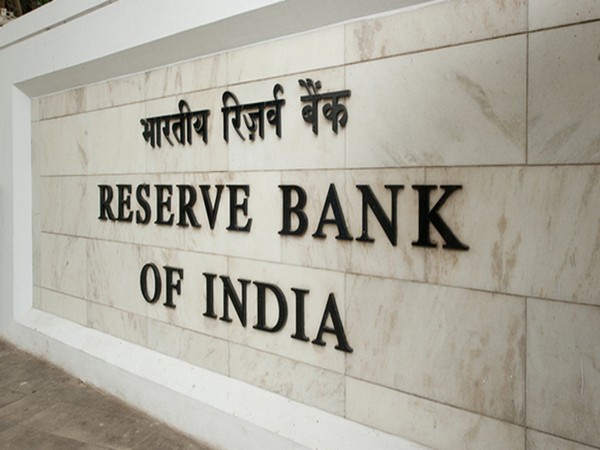The Reserve Bank of India (RBI) is expected to transfer a record surplus dividend of ₹2.7 lakh crore to ₹3 lakh crore to the government in the financial year 2025–26, representing an almost 50% year-on-year increase, according to a report by SEBI-registered research firm Front Wave Research.
This would mark a substantial jump from the historic ₹2.1 lakh crore transferred last year and is poised to have a significant impact on India’s fiscal position and banking system liquidity in the coming months. The announcement of the surplus transfer is likely by late May.
“The RBI is expected to transfer a record surplus to the government in FY26, with estimates ranging from ₹2.7 lakh crore to ₹3 lakh crore,” the report noted.
The projected rise in surplus is attributed to three key factors:
Profitable Forex Operations: The central bank’s timely interventions in the forex market generated solid trading gains. By purchasing US dollars at ₹83–84 and selling at ₹84–87, the RBI locked in healthy profits.
Higher Interest Income on Forex Reserves: With global interest rates elevated, the RBI earned stronger returns on its more than $600 billion in foreign exchange reserves, significantly boosting its income.
Robust Domestic Earnings: On the domestic front, the central bank saw solid returns from Open Market Operations (OMOs), government bond holdings, and repo transactions, strengthening its balance sheet and expanding the pool of funds available for transfer.
The report also pointed out that once the dividend is disbursed and begins circulating through the economy, liquidity in the banking system could increase sharply—potentially rising to ₹5.5–6 trillion. This would mark a major reversal from the recent liquidity shortfall.
“Once the dividend is paid and spent, banking system liquidity could climb to ₹5.5–6 trillion, up from a recent deficit,” it added.
The bond market is already showing signs of anticipation. Yields on the 10-year government bond have eased to 6.23%, and may decline further as markets factor in the expected liquidity boost. Short-term yields are dropping even faster, resulting in a steeper yield curve—often viewed as an indicator of potential rate cuts.
Sectors like PSU banks, NBFCs, infrastructure, and consumption are witnessing early positive momentum. If the record surplus is confirmed, it could function as a form of indirect fiscal stimulus and support economic growth through FY26.

















